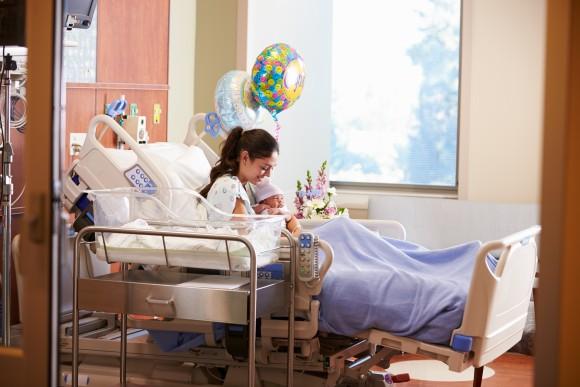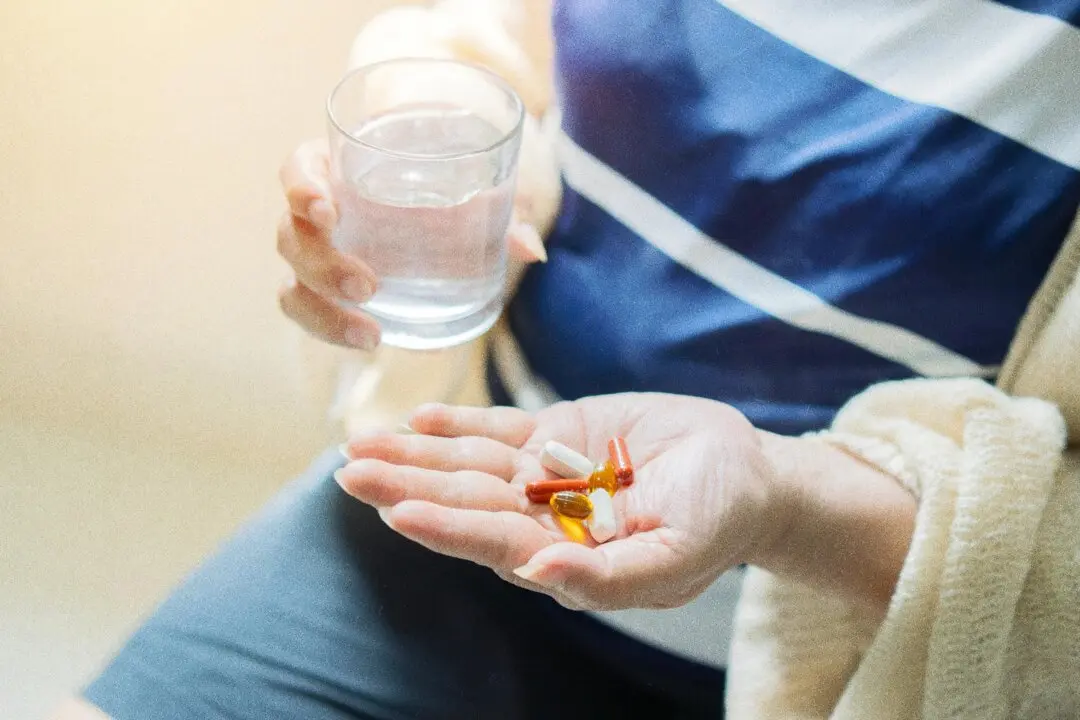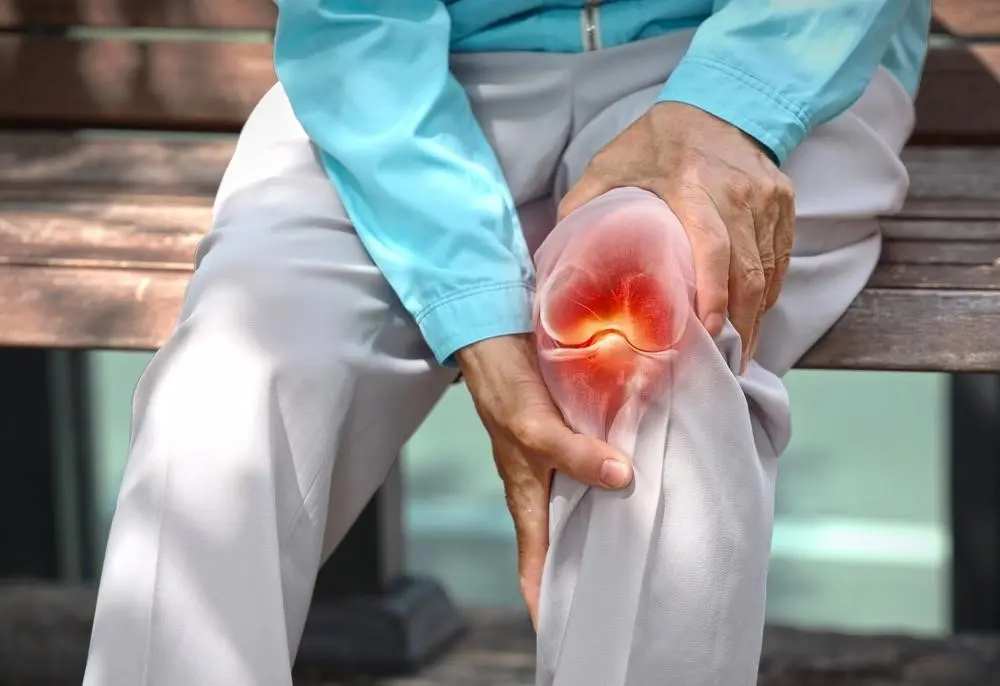French women have a secret to bouncing back and feeling great post-baby: They embrace postpartum physical therapy.
Six weeks after birth, French women begin “la rééducation périnéale” (perineal reeducation), a set of guided exercises that help get the muscles back to optimal functioning. After 10 to 20 sessions of therapy, women complete another round for the abdominal muscles.
In the United States, a woman’s postpartum body is given comparatively little attention, and many new moms may feel embarrassed to discuss issues they encounter.
Rachel Parrotta is a physical therapist at Shift Integrative in New York who specializes in women’s health and pelvic floor recovery. For her French clients, postpartum physical therapy is standard practice, says Parrotta, but the majority of her American clients seek treatment only if they have a problem.
To help new mothers heal properly after giving birth, Parrotta shared some guidelines for what women should and shouldn’t do in caring for their bodies.






